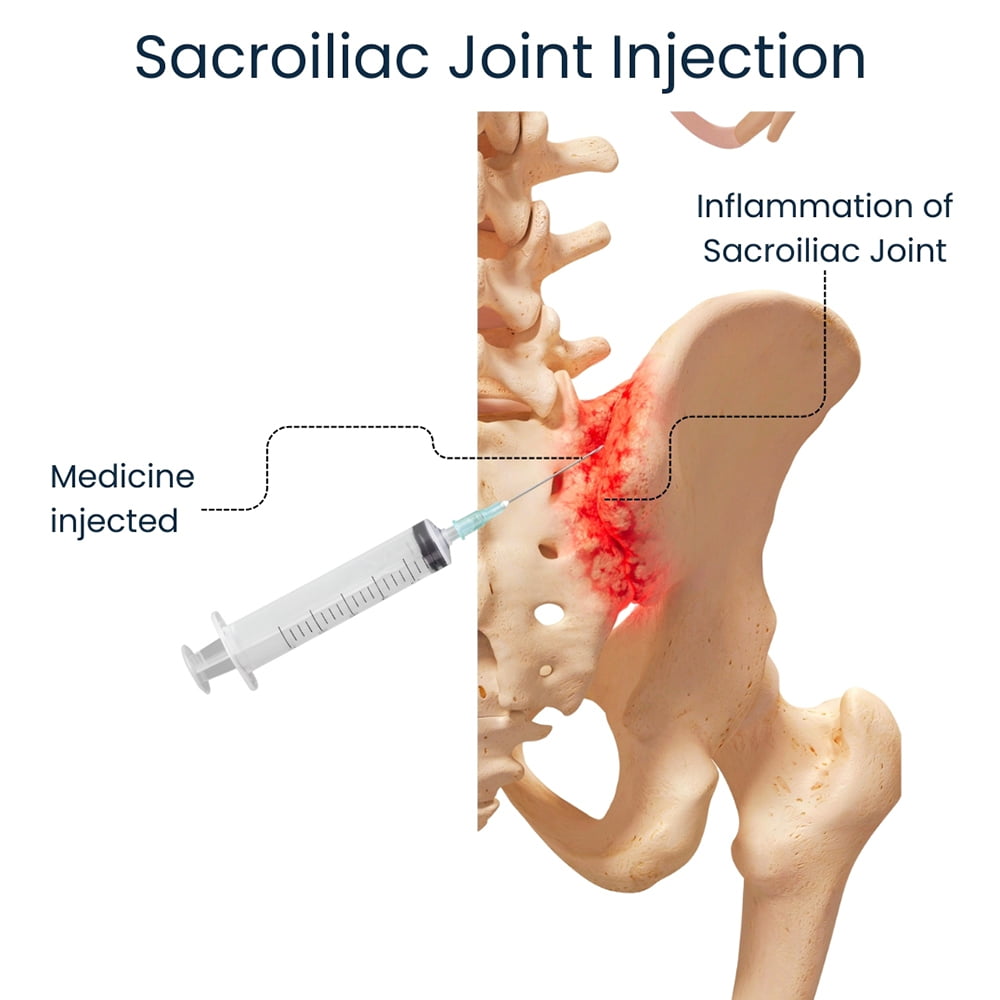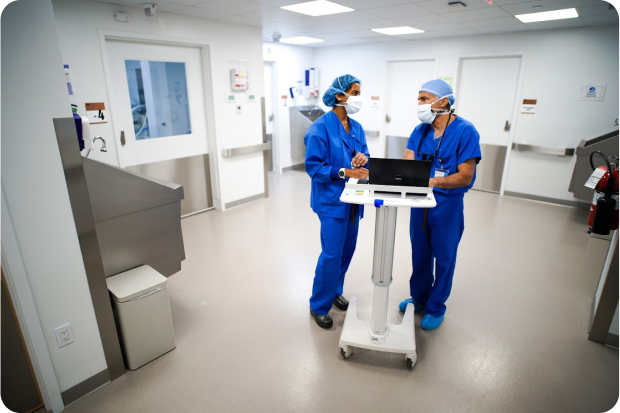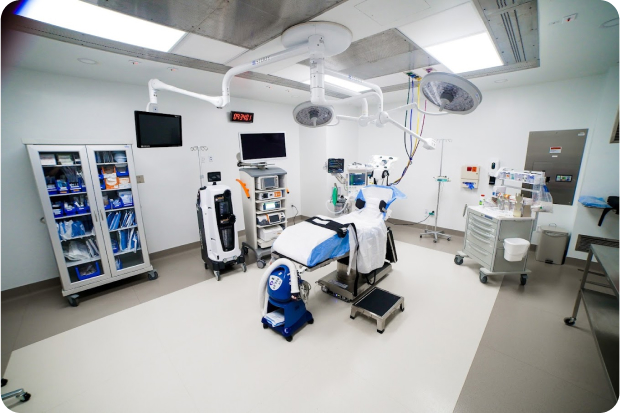 OUR LOCATIONS
Call to book 201.523.9590
OUR LOCATIONS
Call to book 201.523.9590
 OUR LOCATIONS
Call to book 201.523.9590
OUR LOCATIONS
Call to book 201.523.9590
Table of contents
 There are two sacroiliac joints, one found on each side of the spine. They have the function of connecting the bone, found at the bottom of the vertebrae, with the upper part of the pelvis. Sacroiliac conditions can either affect one or both sides.
There are two sacroiliac joints, one found on each side of the spine. They have the function of connecting the bone, found at the bottom of the vertebrae, with the upper part of the pelvis. Sacroiliac conditions can either affect one or both sides.
Sacroiliac joint pain can be caused by several conditions, which include a dysfunction of the sacroiliac joint. One of these includes osteoarthritis. Osteoarthritis can occur due to stress that is put on the sacroiliac joint over a longer time. Ankylosing spondylitis is another condition that causes this type of joint pain. It is an inflammatory arthritis type, which affects the vertebrae or joints of the spine. Rarely, it can also affect organs and eyes. Gout, or other known as gouty arthritis, occurs when there are high levels of uric acid present in the body. It is a disease that leads to severe joint pain. In some cases, sacroiliac joint pain can also be caused by trauma, such as after a disease or a car accident.
Another cause of sacroiliac joint pain in pregnancy. During pregnancy, a hormone named relaxin is released, which makes these joints more elastic. The reason for this is to assist the pelvis in widening and making room for the baby during birth. However, this makes the joints less stable. In association with the weight gain during pregnancy, sacroiliac joint pain can occur.
In some cases, walking abnormally, due to issues, such as one leg being shorter, can also lead to sacroiliac joint pain. In these cases, treatment would revolve around correcting the issues that lead to the abnormal walking.
Apart from the joint pain, sacroiliac joint disorders can lead to pain in the groin, buttocks, hips or pelvis. This type of pain can also increase when you switch positions, such as from standing up to sitting. In some cases, patients experience numbness and weakness.
There is a different kind of therapy approach in treating sacroiliac joint pain. These therapy options include physical therapy, massages and low-impact exercises, such as yoga. It is also recommended to use cold packs at first, and apply heat or heating pads once the pain becomes more manageable. There are sacroiliac belts available, which can also help to ease a sacroiliac joint pain.
When speaking of physical therapy, it is used to help maintain flexibility, as well as the strength of the sacroiliac joint. In some cases, doctors recommend combining physical therapy with medication. There are different kinds of exercises available that can help to improve range of motion and to build stability. One key step when it comes to treating sacroiliac conditions is proper stretching. These stretching exercises are rather meant for the muscles in the lower back, but can also help to support the hips and the pelvis. Some other exercises can help you improve the movement ability of the joint. Ice and heat packs are also a part of the physical therapy treatment. It is also important that you learn proper posture. This is especially important, as it can help you get rid of any unnecessary pressure that is being put on the sacroiliac joint. Therefore, you will need to learn how to properly lift, bend and continue with other activities. Apart from a sacroiliac belt, there are also walkers and other assistive devices, which can aid you during the healing period.
When physical therapy doesn’t work, your doctor might recommend that you start medication therapy. These types of medications include anti-inflammatory medication, muscle relaxants, oral steroids, TNF inhibitors, corticosteroid injections or radiofrequency ablation.
One type of treatment, that is considered to be the last option, is surgery. During sacroiliac joint fusion surgery, there will be small plates and screws inserted, which have the function of holding the sacroiliac bones together. Typically, a reason for this approach is once the pain is chronic and all noninvasive approaches haven’t worked.
 Amr Hosny, MD, MBA, FASA
Amr Hosny, MD, MBA, FASA
 David Chu, MD, FAAPMR
David Chu, MD, FAAPMR
 Vivek Mehta, MD, FAAPMR
Vivek Mehta, MD, FAAPMR
 Deepali Gupta, MD, DABA, DABPM
Deepali Gupta, MD, DABA, DABPM


There are causes of sacroiliac joint pain that can’t be prevented. However, if you eat healthily, make healthy choices and exercise properly, you might be able to slow down the progression of these causes, which can lead to sacroiliac joint pain.
Sacroiliac joint pain is caused due to issues with the sacroiliac joints. We all have two sacroiliac joints, one on the left side and one on the right side of the spine. Both or only one of them may be affected by joint pain. Different types of causes can lead to sacroiliac joint pain. Some of them can be prevented, while others cannot. Some of the causes of sacroiliac joint pain include osteoarthritis, gout, pregnancy, trauma after an injury, pregnancy or ankylosing spondylitis. In some cases, walking abnormally can also lead to sacroiliac joint pain. A cause behind this might be that one leg is longer than the other. It is important that you first treat the cause, as this will lead to relief from sacroiliac joint pain. Therapy approaches are first noninvasive and consist of physical therapy, massages, and later medications. Should none of these approaches work, doctors will recommend surgery.
You must visit a doctor as soon as you experience symptoms, as delaying treatment might also prolong the healing period. One way of making sure that you are doing your best to prevent sacroiliac joint pain is by exercising and eating healthy. It is also important that you make healthy lifestyle choices. Should the medications that your doctor has prescribed cause side effects, it is important that you speak to your doctor about it and consider alternatives.

Dr. Hosny is a distinguished physician, educator, and healthcare leader with a commitment to advancing health equity and accessibility in the rapidly evolving landscape of modern healthcare. After completing his residency at St. Luke's Roosevelt Hospital Center, affiliated with Columbia University in New York City, he pursued an Interventional Spine Fellowship at Beth Israel Deaconess Medical Center, part of Harvard Medical School in Boston, MA.
Dr. Hosny has held prominent roles in academic medicine, including serving as an Associate Clinical Professor at New York Medical College and as the Interventional Spine Fellowship Program Director. These positions reflect his dedication to mentoring the next generation of healthcare professionals and advancing the field of interventional spine care.
More About Dr. HosnyThe Spine & Rehab Group
140 NJ-17,
Paramus, NJ 07652
(212) 242-8160



